Melanoma March Manly: Northern beaches melanoma stories to highlight disease
With the northern beaches a known hotspot in Australia for melanoma, two well-known faces in the community are revealing their personal battle with the disease in a bid to raise awareness.
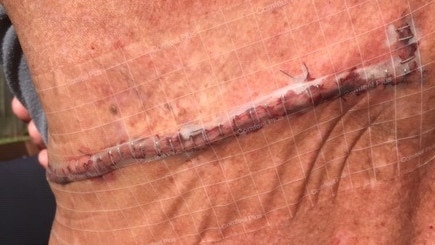
Manly
Don't miss out on the headlines from Manly. Followed categories will be added to My News.
- COVID-19 clinics open on the beaches for most at risk
- NSW’s pandemic plan: COVID-19 clinics and mass quarantines
With the northern beaches being a melanoma hotspot two well-known peninsula faces have bravely come forward to reveal their personal battle with cancer to help raise awareness.
Manly father-of-two, Leslie Watt, 70, was a professional lifeguard before he retired.
Now he faces his own life or death struggle with melanoma.
And, Manly GP Michael Armstrong who has helped many patients during his career was diagnosed with Stage 3 melanoma and is currently undergoing lifesaving immunotherapy.
The two men wanted to tell their stories to encourage people to join in the Melanoma March in Manly organised by the Melanoma Institute Australia to raise awareness and funds to combat one of Australia’s biggest killers.
However, the walk organised for March 22 has been cancelled due to concerns around the coronavirus.
The charity is now holding a virtual Melanoma March event on March 29.
To find out how to donate or to find out more on the virtual Melanoma March go to melanomamarch.org.au.

Leslie Watt, 70, of Manly
The father-of-two was a professional lifeguard his whole life.
In the 1970s, when two of his friends, then aged 23 and 25, were diagnosed with melanoma, Leslie decided to go and have his skin checked for the first time. He was 28 .
‘In the 1970s after two close mates were diagnosed with melanoma, I decided to take myself along to the dermatologist. From this point, I would have my skin checked annually.
“Over the years I would have this burnt off here and there but never anything too sinister,” says Leslie.
All that changed in 2011 when Mr Watt was diagnosed with melanoma on the left side of his back.
Unfortunately the melanoma had metastasised and Mr Watt required several surgeries.
“My back now looks like a road map because I underwent a few surgeries to manage the disease,” Mr Watt said.
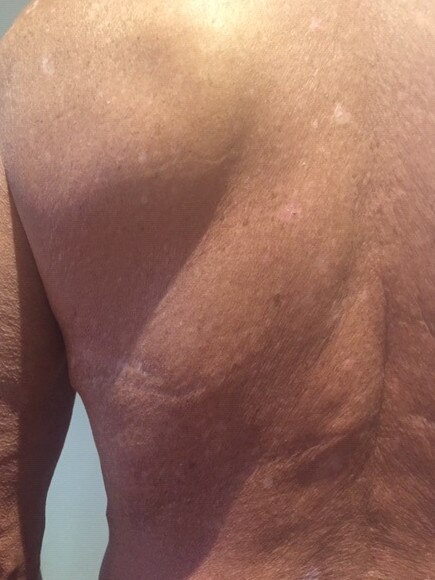
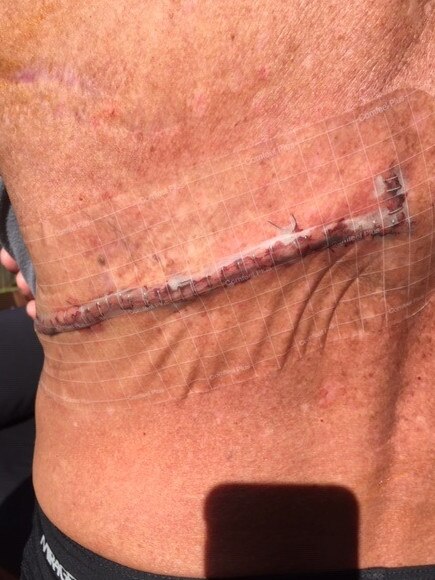
In 2018, he went for one of his biannual check ups at Melanoma Institute Australia when he was referred to have a brain and body scan.
“The scans were precautionary, but in my brain they found I had a tumour which was melanoma,” said Mr Watt.
Mr Watt has surgery to have the tumour in his brain removed and was placed on immunotherapy treatment for three months. Fortunately for Mr Watt this treatment has been successful and he currently has no evidence of disease.
“I went on a three month immunotherapy treatment plan and I have remained clear.
“I still have scans every three months.”
Mr Watt knows the importance of ensuring that melanoma research continues to be funded to find a treatment that is successful for everyone.
“I am a perfect example of why raising funds for melanoma is so important. The research they have done into immunotherapy literally saved my life.”
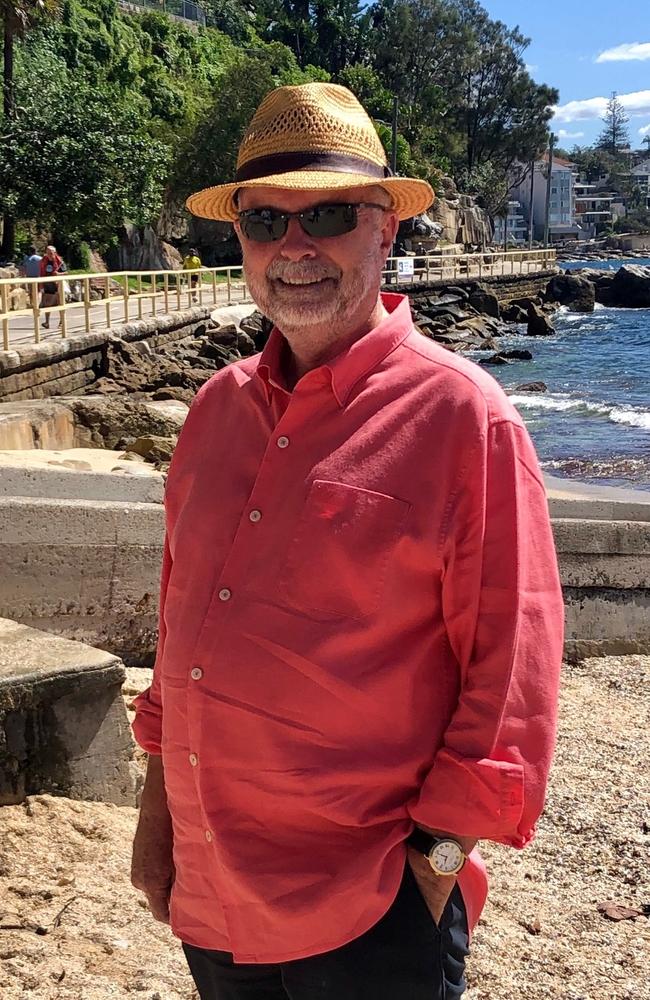
Dr Michael Armstrong, 69, of Manly
The family doctor was alerted by his wife to an abnormal looking mark on the right side of his temple in early 2014.
“It was my wife, Maryann, who first noticed it and insisted I get it checked,” said the father-of-three.
“I had a biopsy followed by a wider excision of the area and the prognosis at the time was excellent.”
In June 2015, Dr Armstrong detected a small pea size lump in front of his right ear.
Being a doctor, he decided to wait a few weeks to see if the lump would go away naturally.
“Lumps can appear on your body for all sorts of reasons, so I at first waited to see if it would resolve on its own,” he said.
“When it didn’t go away, I organised to have a test done by my radiologist.”
Dr Armstrong’s results showed that he had melanoma.
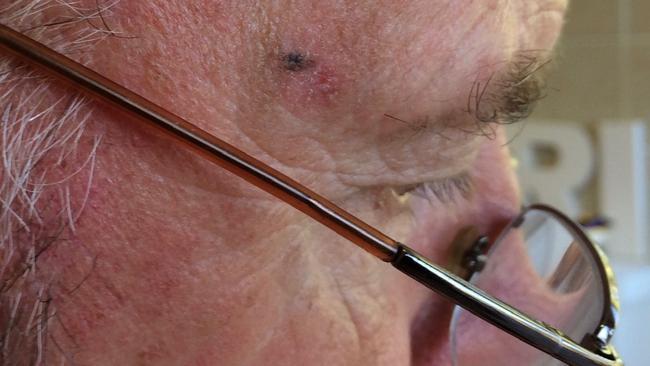
He had further tests to see where the melanoma was in his body and required a major operation on the side of his neck to remove lymph nodes.
“The results came back as metastatic melanoma,” he said.
“I subsequently was scanned, and further melanoma was detected, confirming I had progressed to stage three melanoma.”
Dr Armstrong was offered the opportunity to participate in an immunotherapy trial after it was determined that radiation would not be the best treatment option.
“I became involved with the trial that commenced in 2015,” he said.
“I finished the treatment 12 months later and am now monitored for any potential changes with annual scans.
“My monitoring for the trial is still ongoing and will last for five years.”
Dr Armstrong was fortunate that he has responded positively to the immunotherapy trial, as his prognosis when first diagnosed was quite grim.

